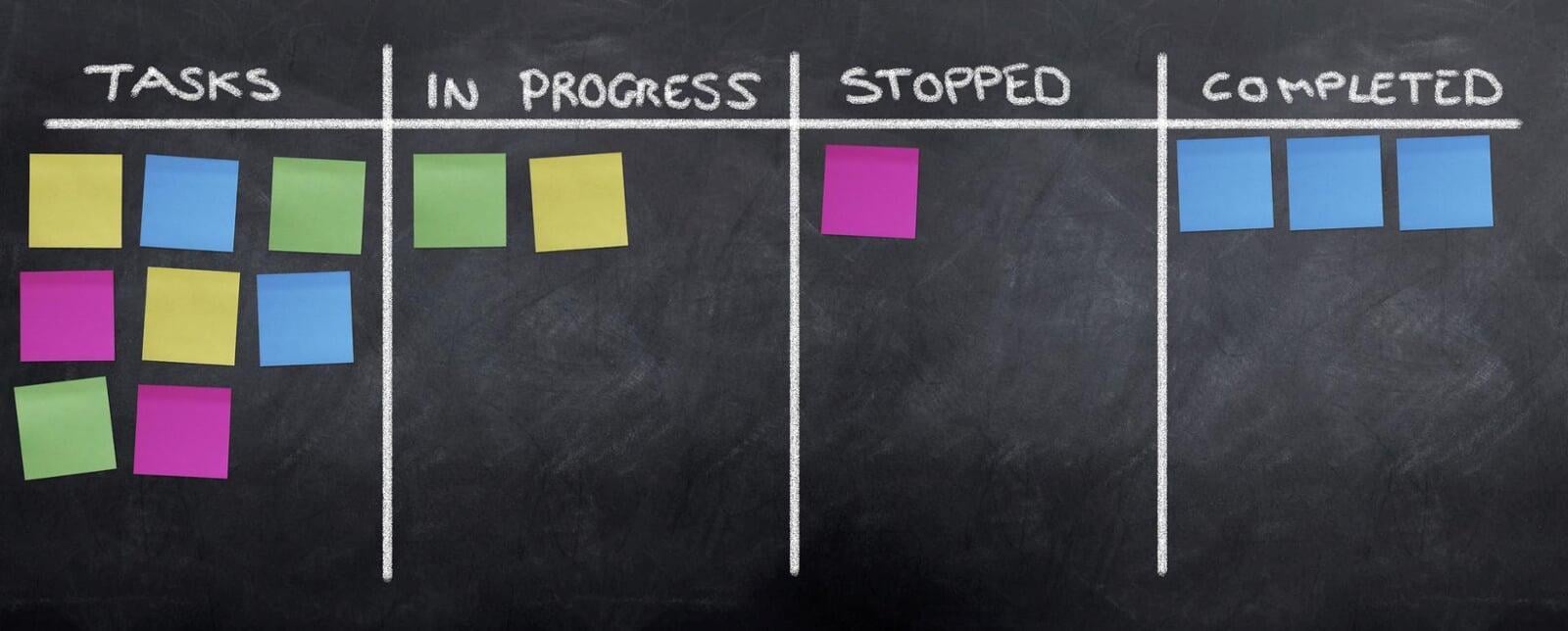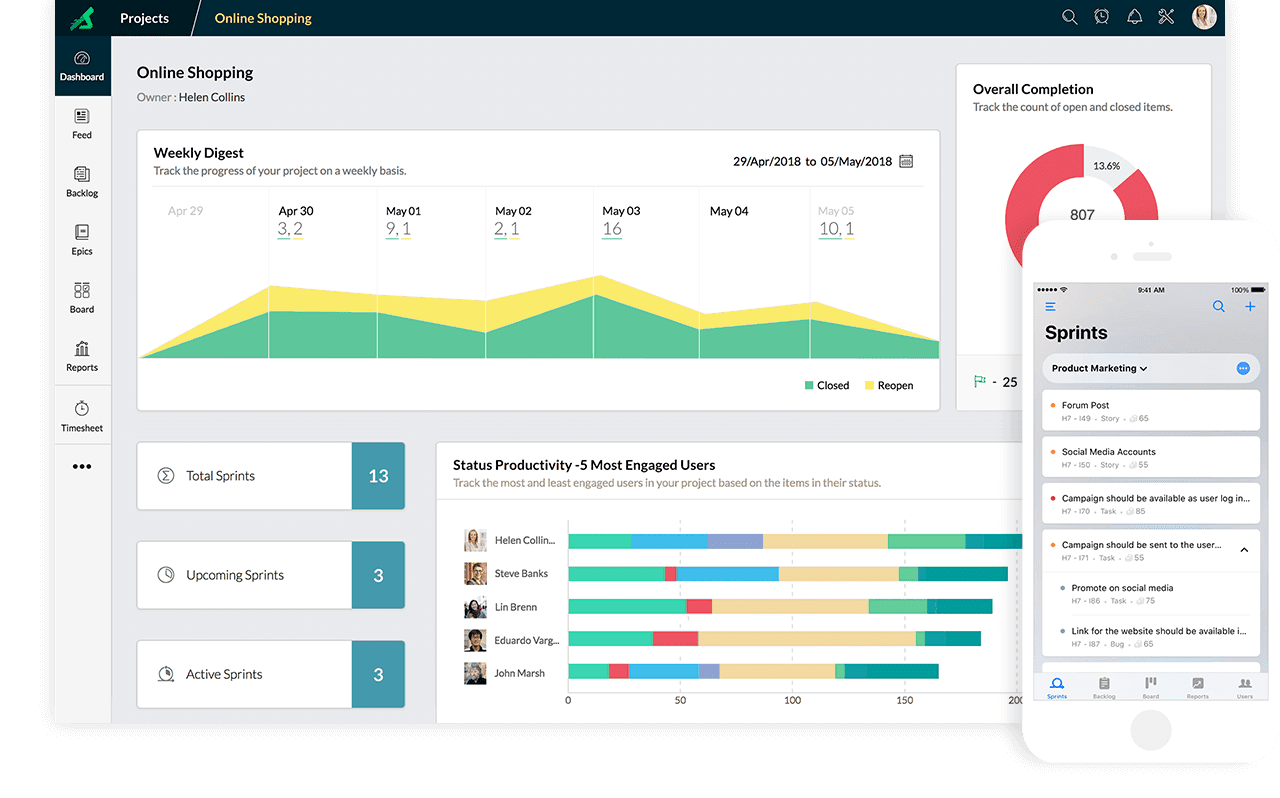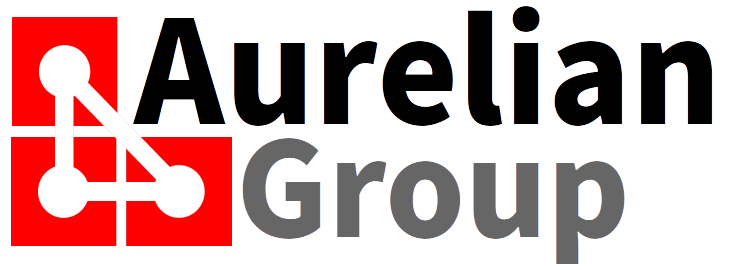Agile has been around for a while - quite a while indeed. And it is still, for a lack of a better word, "fashionable" as an implementation method for business applications. Is it successful? The proliferation of Agile as method of choice seems to indicate success, but are "agile" implementations really successful, or simply less catastrophic in failure as the traditional waterfall project? What causes agile deliveries to fail, and what drives success? We will cover this in three main areas: mindset, process, and tools.

Mindset
If you are expecting perfection, then an agile method is probably going to give you some sleepless nights. The concept of Minimum Viable Product is accepting something usable, but far from perfect. The iterations of building upon the Minimum Viable Product releases is not a linear process. Knowing in advance what all the details are going to be, is not the right mindset for an agile delivery. It is a learning for the entire team throughout the delivery, where the solution evolves from one Minimum Viable Product to the next.

Process
Allow me to be direct: Agile is not an excuse for not having a process, or having any documentation. It is designed to be a method where process and documentation to be stripped to the necessary. Necessary to support the teams, and necessary to support the delivered project. So no processes and documents for their own sake. A daily stand-up, and a subsequent update on the sprint board is essential. As are the sprint planning and review meetings.
All Minimum Viable Products include the relevant documents (such as instruction manuals, design documents, support documentation), which are to be planned as part of the sprint activities. These are not negotiable. Other documentation, in particular in support of decisions to be made, or project documentation, should be kept to an absolute minimum, if that minimum is more than non-existent.

Tools
The right tools for managing agile deliveries enable the team to keep track of all developments in a fast moving environment. Active dashboards with real-time insight into the status is essential to managing the sprints. For team members, having a forum in which they can collaborate over features, and a space in which they can organise meetings (online or face to face) will make the management of communication easier and more insightful. It is important that all team members have the appropriate access to the system, so they can collaborate and communicate with other team members as well as the scrum master.
Conclusion
Mindset, Process, and Tools are essential to a consistently managed iteration of Minimum Viable Products. It is not a case where two out of three is not bad - only three out of three will set the odds of the results you are aiming at in your favour. Agile delivery is not hard, but the discipline to maintain the mindset, follow the process, and consistently use the tools gets harder in direct relation with the team size.
Processes and Tools are Intellectual Properties that can be acquired (i.e. Aurelian Group Agile delivery process and Zoho Sprints as tool). But Mindset cannot be acquired, it needs to be converted. This goes from top of the organisation downwards, and back up again. A full day workshop is a start, immediately followed up with continues communication on the progress against Minimum Viable Product, and the envisaged roadmap.
Contact us if you like to discuss your agile delivery.
